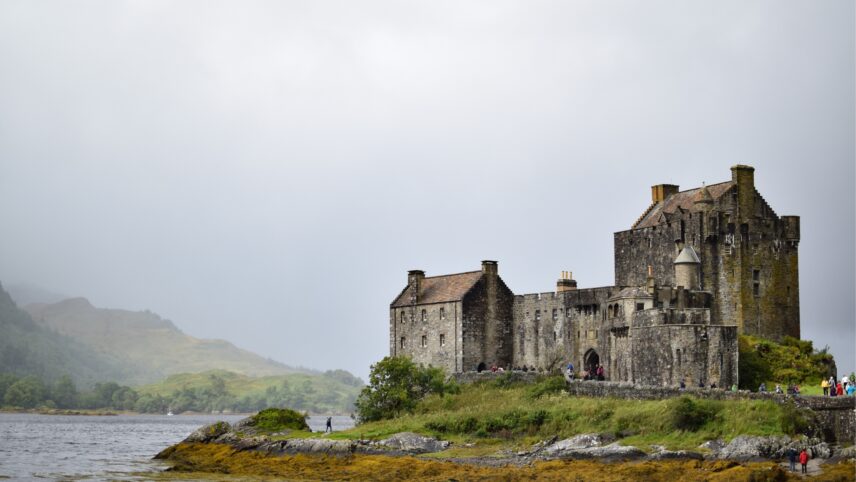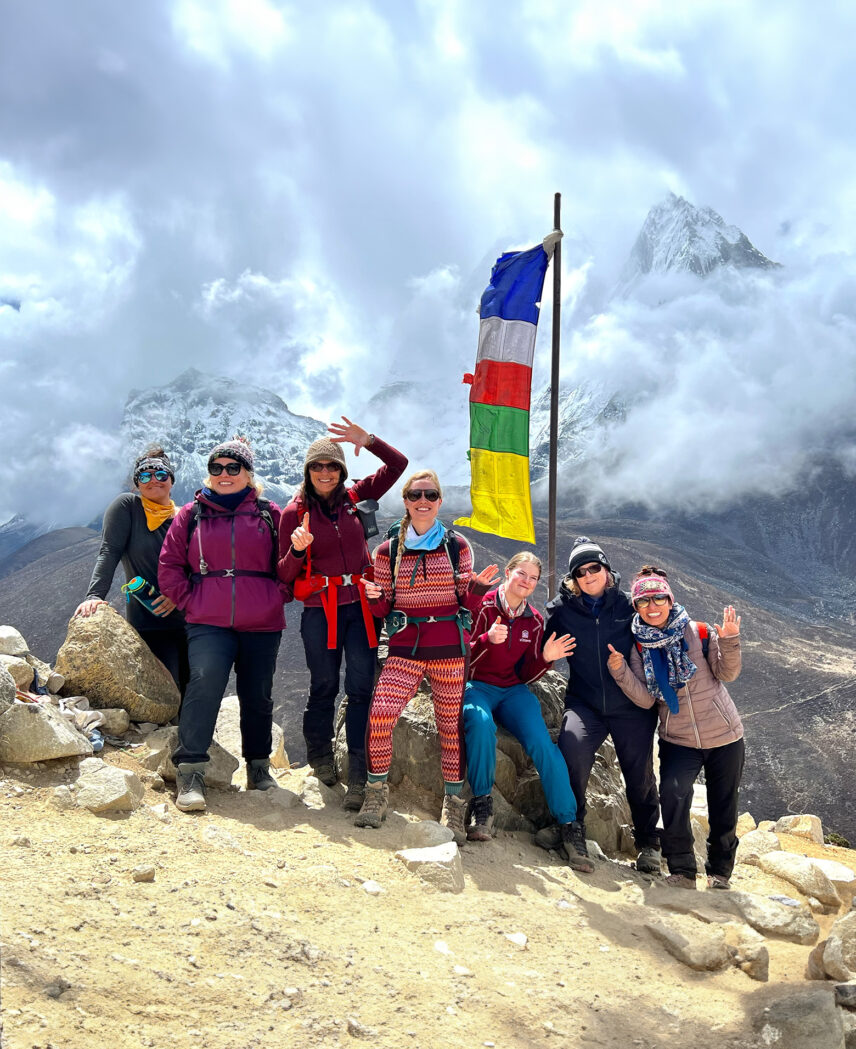Aye, as they say! My wife and I are heading to the land of Scotch eggs, curling rocks, chip butties, deep-fried Mars Bars, Annie Lennox, handsome Highland cattle and Trainspotting.
With a few days to roam by rail before meeting the lasses of the Wild Women Expeditions Scotland Hiking Adventure, Kim and I have both been knee-deep in research, wading through the black lochs and heather-blushed moors between Edinburgh and Inverness (where the trip starts) to figure out how to maximize our days.
As with any trip, my research splits into three predictable directions: Anthony Bourdain, Gastro Obscura and endemic birds. My mom has already lent me a stack of coffee table books and guides from her personal Scotland collection. Her inventory is greater than both of our local library branches combined (33 titles!). I’m eager to get into the thick of Neil Oliver’s A History of Scotland–he is widely known for his moving BBC series and documentaries (and his long, flowing/windswept hair).
Iron Stomachs, Crossbills and Corncrakes
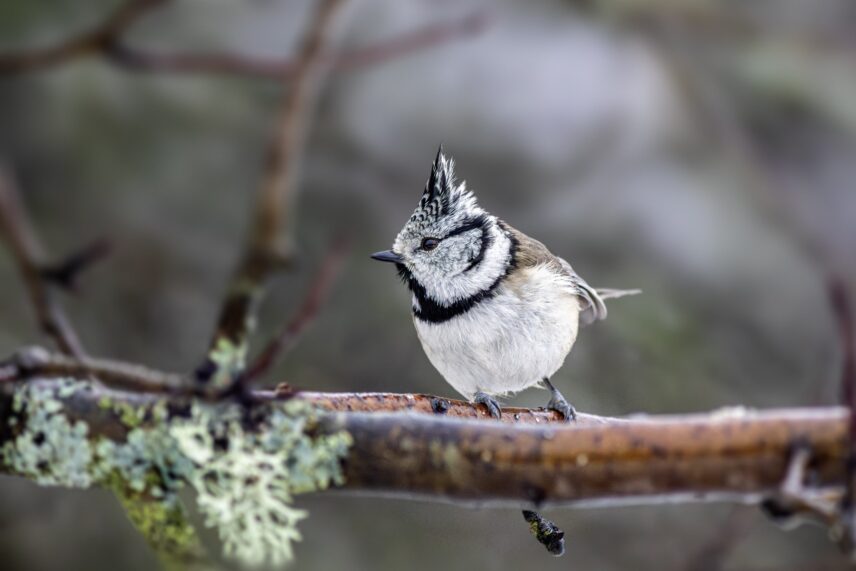
As for birds, the Scottish crossbill will be tops on my to-see list as it’s the only bird species endemic to the UK. Other feathered highlights will hopefully include the dashing little crested tit, white-tailed eagle (the bald eagle’s kissing cousin), capercaillie (a very dashing cock-of-the-woods or wood grouse), corncrake (from the rail family), and Great skua (known as the pirate of the sea for it’s lazy and aggressive fish-thieving).
For Tony Bourdain devotees like us, check out Parts Unknown (season 5, episode 1) to follow the late and ever great chef’s trail of deep fried haggis crumbs and pint rings around Glasgow. In this episode, he discovers the convincing argument for bread sauce served with roasted grouse. The medieval leftover is simply stale bread simmered with butter, onion, whole milk, whisky and cloves. A non-gluten-free gravy, really!
Gastro Obscura has long been my biblical source of vital foodie-related stuff, fests and quirk like the history of haggis hurling (*not that kind of hurling). The competition involves standing on top of a whisky barrel and hucking (or hurling) a stuffed sheep’s stomach as far as possible. Easy-peasy. The winner is awarded a year’s supply of haggis. Legend has it that the game was inspired by women of the 17th century who would lovingly toss haggis to their husbands working in the bogs. Allegedly, the men caught the lunch-to-go in their kilts.
Speaking of iron stomachs (sheep and otherwise), we’ll have to try the national drink runner-up: Irn-Bru. In Scotland, whisky takes the first place ribbon, of course, and we know exactly where we’ll have a dram of that—in the underground vault (more about that later). Irn Bru is a sunshine orange soda with a .002% pinch of iron and has been described as tasting like “liquid bubble gum with a spicy aftertaste similar to ginger.” Naturally, the suggestion is to mix it with whisky and a lime squeeze.
Pre and Post-Trip Ideas: Candlelit Cellars, Invisible Cities and a Cat Cafe (meow!)
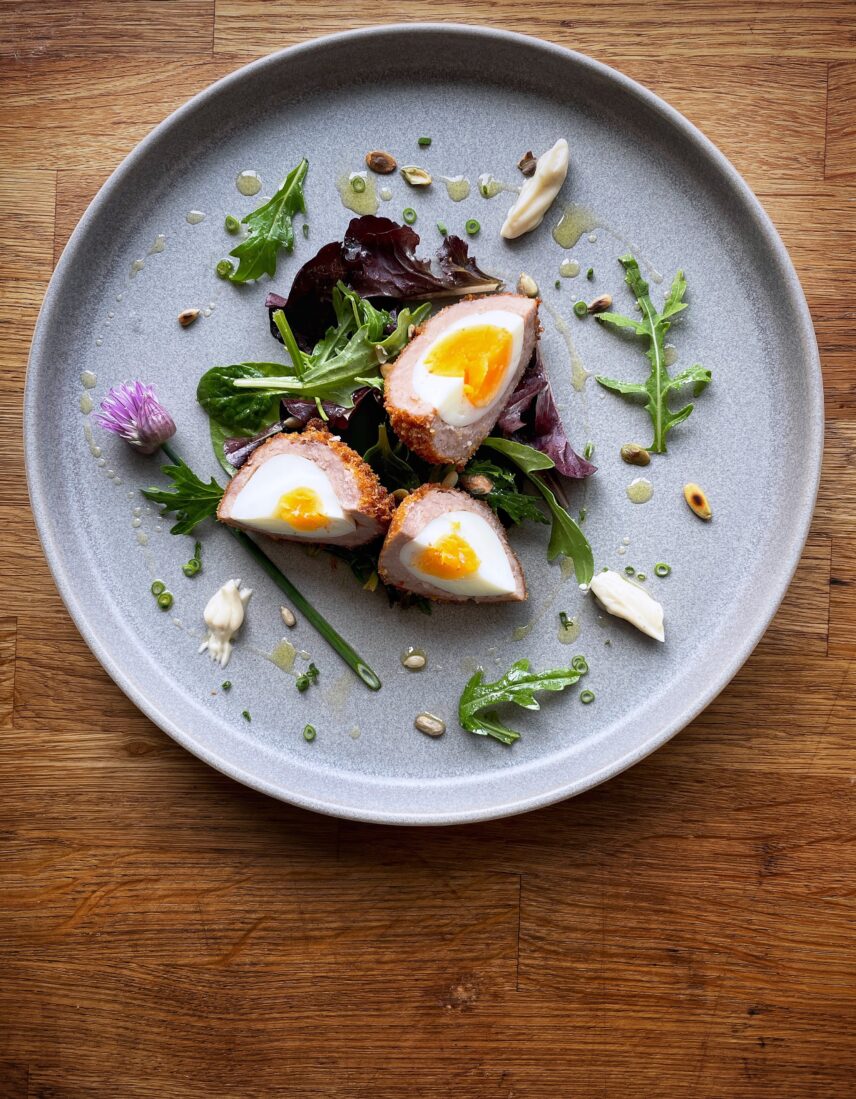
Kim and I always bookend our Wild Women trips with a few days pre and post trip. Pre-trip, the unscheduled days help shake off the jet lag shadows and provide an opportunity to seek out a few of our own unique must-sees that aren’t on the itinerary. We are flying in and out of Edinburgh but Scotland has an efficient and elaborate rail system that makes travel from Glasgow to Inverness just as easy. Most Wild Women choose this flight path—the train to Inverness is three and a half hours from Edinburgh.
Did you know that three months before a Wild Women trip, a private Facebook page is established for your group? If you’re traveling solo, there’s an opportunity to virtually meet your fellow Wild Women and make pre or post trip plans together too! Two women in our group connected online and will be sharing a hotel room together in Edinburgh. This private group page is an open platform to share questions about packing, training, trains or to post an invite to meet in Inverness the night before the trip begins.
If you’re looking for a few ideas for how to wisely spend your time in the city, this is what we’ve come up with! In Edinburgh, it’s all about excessive wandering (with a Scotch egg and maybe some haddock pakora in between). Top of the list for us is a ghost tour of Edinburgh’s Blair Street underground vaults! Mercat Tours offers a slew of creepy walks through the Old Town and this one ends with a dram of Ballantine’s Finest Scotch Whisky, a Skeleton Blues hazy IPA (or locally-made organic soft drink) in their candlelit cellar, where more goosebumpy tales are shared.
If you like wandering but prefer a more focussed approach (ie. a decreased risk of getting lost!), Invisible Cities offers several themed guided walking tours like the Queer History Tour of Edinburgh. The neat bit about this social enterprise is that training is provided to those who are unhoused or who have experienced homelessness, to guide walking tours in their own city. And, the founder is a woman! Zakia Moulaoui launched Invisible Cities in Edinburgh in 2016 (she’s since expanded to Glasgow , Manchester and York) and has trained over 70 guides.
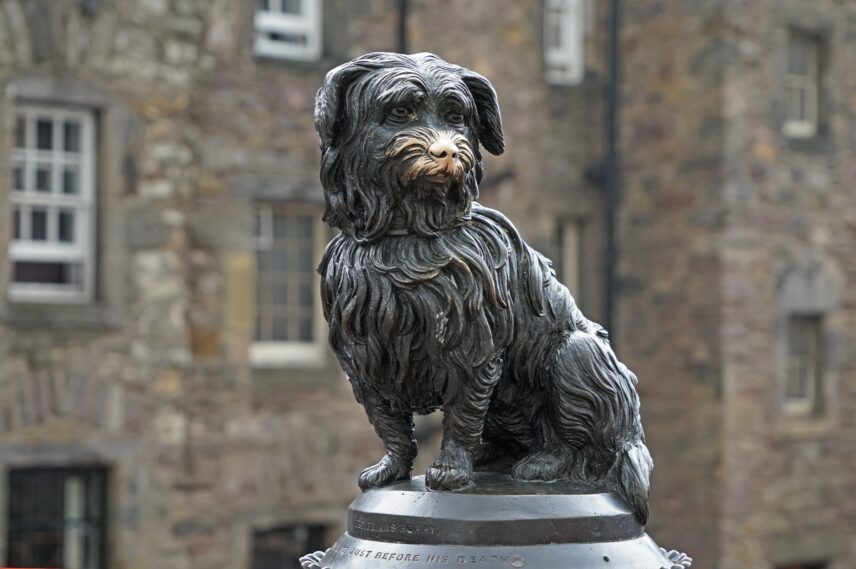
I’m most keen to see Greyfriars Bobby’s monument, near the famed Royal Mile. The loyal and affable Skye Terrier spent 14 years guarding the grave of his owner until he died in January 1872. His owner, John Gray, was a nightman with the Edinburgh Police Force and Bobby was his dedicated and diminutive partner in crime. When John died in 1858, Bobby refused to leave his grave and kept vigil. It was only when the one o’clock gun sounded (as it still does) that Bobby would leave the Kirkyard with a local cabinet maker to visit the coffee shop where Bobby used to have his midday meal with John. My parents visited Greyfriars Bobby over 20 years ago—the bronze Bobby is identical to Xanadu, our beloved sidekick terrier when I was growing up. Ruth Brown’s illustrated children’s book Greyfriars Bobby is one that comes with a stern warning! It is a heartbreaker.
It seems fitting to include cats into the agenda too–especially when you can have cake with them! At Maison de Moggy, cat and cake lovers can indulge in sweet confections (vegan cake even) and the equally sweet company of Guilliaume the Chinchilla Persian, Pauline the Maine Coon or one of several doting in-house/cafe Oriental Shorthairs, Bengal Siamese and Norwegian Forest cats.
And, to cap it all off, a visit to the historic Bennets Bar should be in order! To accommodate women seeking a “shameful vice” in what was considered male territory, a “jug” (also referred to as a “snug”) was incorporated. The small room served as a safe haven for women to enjoy a pint and/or keep an eye on the unfoldings in the next room. Fraoch (an ancient Gaelic recipe for traditional heather ale) is the likely glug of choice in the jug!
Where to Sleep: Scotland’s Bunks, Bothies and Bowling Club Stays
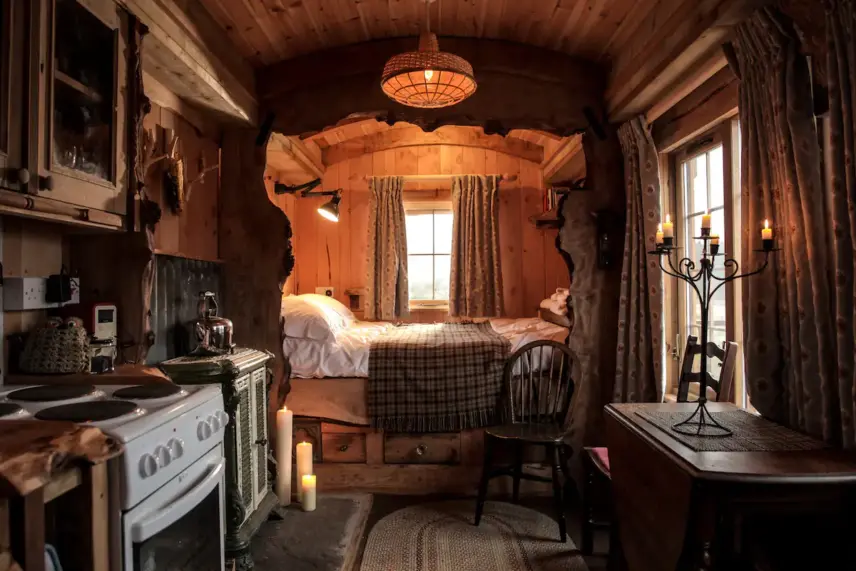
Kim and I often spend hours crawling through Airbnb, booking.com and expedia images, comparing our favorite distinctive stays. From a converted lawn bowling club to sleek repurposed shipping containers to “bothies” (hiker huts), Scotland offers countless creative options. There are camping pods, shepherd’s huts, funky hostels, pastoral camping pods and attic spaces in 180-year-old stone homes. After much deliberation, we opted for the lively environs of an Edinburgh hostel smack dab in the Grassmarket area, once the hotbed of riots, witch burnings, murders in the wee hours and broad daylight executions. In Pitlochry, we opted for a sweet attic space in a 1897 stone home that I’m bound to clonk my head in/on at some point. Kim also found a boat for us to sleep on in the Caledonian River. The sky (or the river) is truly the limit! Stay somewhere fun!
A Few Things Everyone Should Know About Scotland
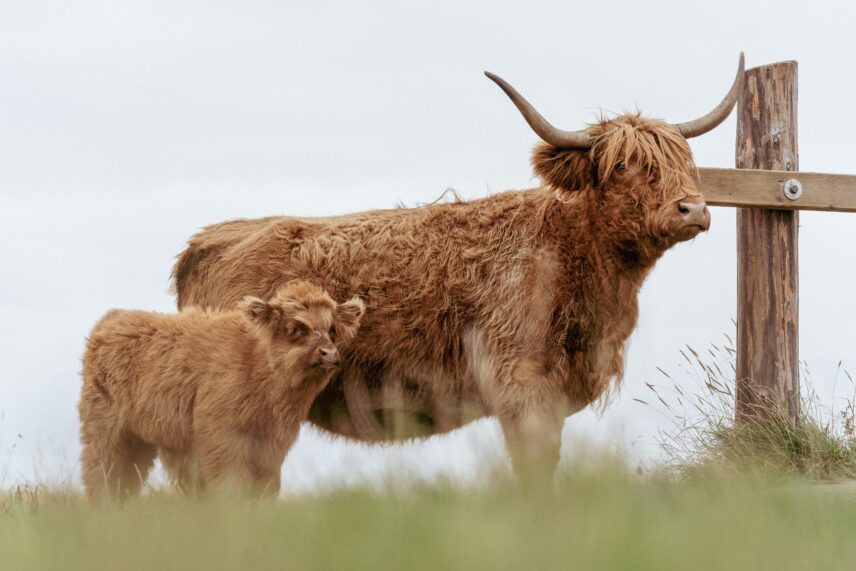
While there are obvious and predictable word associations (haggis, Robbie Burns, bagpipes, Highland cattle, Loch Ness, shortbread, St. Andrews Golf Club), Scotland is full of surprises and stories involving pineapples, tiny terriers, curling rocks and culinary curio like Cullen skink and butteries.
Learning the Lingo: Marilyn, Munro and Skinks
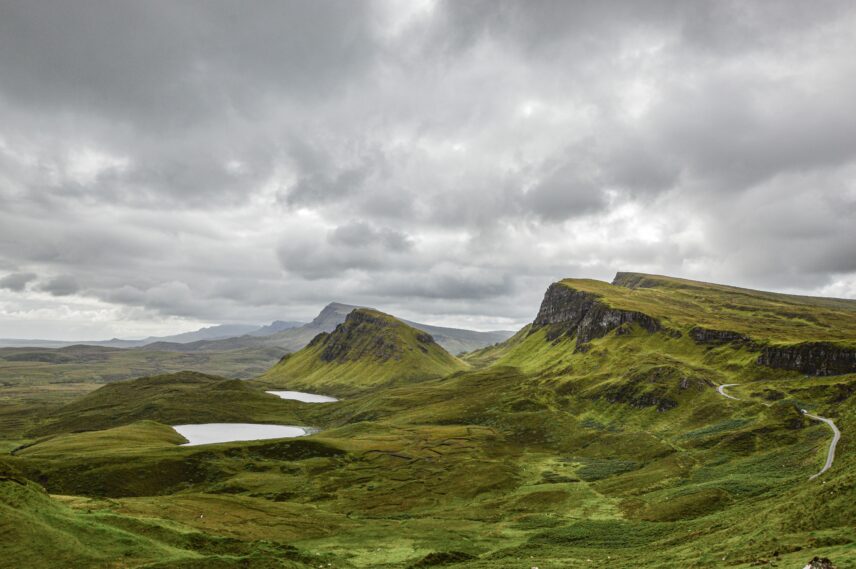
A Munro is a term that distinguishes Scottish mountains with an elevation of more than 3,000 feet (914m), and you can ‘bag’ one by reaching the summit. Sir Hugh Munro ambitiously compiled a list of 283 highest mountains that was published as Munro’s Tables in the Scottish Mountaineering Club journal in 1891. Sir Hugh died during the flu epidemic at the end of WW1 with just three Munros left to bag.
Conversely, a Marilyn is a mountain or hill in the United Kingdom, Republic of Ireland or Isle of Man with a relative height of at least 492 feet (150m).
Ben Nevis, which is on the Wild Women itinerary to bag, is a Munro that is derived from Scot Gaelic meaning “”the mountain with its head in the clouds.”
This is the land of clouds and chowder afterall! As for Cullen skink, it’s not a little lizard as I presumed but a smoked haddock chowder that was first made popular in the northest town of Cullen. “Skink” is the Scottish term for a knuckle of beef, which was a common soup starter until beef scraps became unattainable with an economic pinch. An abundant fish supply led to fish-based soups but skink stuck!
The Bragging Rights of the Dunmore Pineapple House
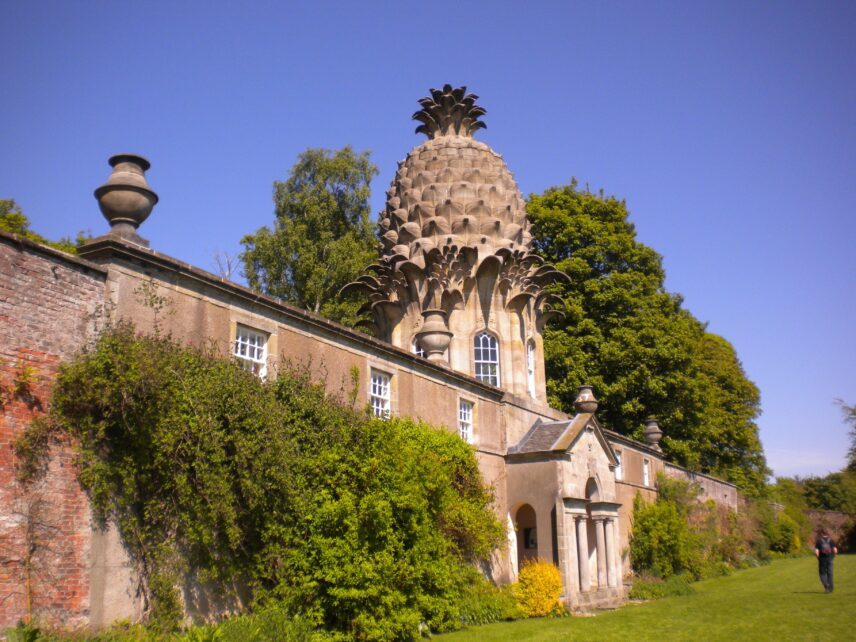
When it comes to peculiar things, I’m all in. Whether it’s a cat and cake cafe or haggis spring rolls (I found a place that sells them!), there’s also a mansion topped with a 45-foot (13.7m) pineapple near Airth. The appropriately named Dunmore Pineapple House was constructed in 1776 by John Murray, the fourth Earl of Dunmore—the pineapple was proof of his wealth. Fresh, tropical fruit was like a unicorn sighting in the 16th-century—only the wealthiest and most connected had access to such exotica. Then, pineapples could be ‘hired’ as party centerpieces but gently returned to be eaten by someone more flush in cash. Ship captains announced their successful return home from voyages abroad by displaying pineapples in front of their homes. What will you bring home from your voyage to Scotland?
Curling Rocks and Rolls
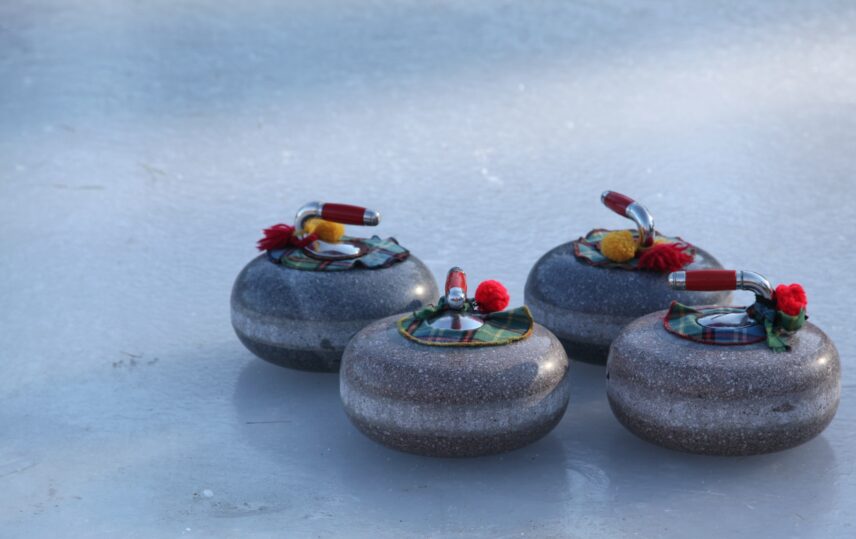
Did you know curling stones are made from just two quarries in the world? Granite from the Scottish island of Ailsa Craig has provided curling stones for the Winter Olympics since the Chamonix Games in 1924. Kays Scotland was founded in 1851 and is still rocking on. Kays has exclusive rights to harvest the Ailsa Craig granite which led to the second quarry in North Wales as a source.
Speaking of things that will no doubt sit like a rock in our stomachs, we also have to try the Aberdeen rolls (also known as butteries or Rowies). They were originally a hardy alternative to the bread roll for fishermen. Kind of like the durable, weather-resistant Clif bar for hikers, the Aberdeen roll can stand the test of time, compression from being squished and the high fat content helps ward off the westerlies whether you are fishing or not. Our friend Cathie insisted we not leave Scotland without having several!
Our list of things to eat and do is growing like the unruly bangs of the Highland cattle! Have you been to Scotland? Have you hiked the Highlands with Wild Women? What shouldn’t we miss? What tempts you? If you’ve already booked this adventure, I hope this guide to cat cafes, ghosts, attics, Marilyns and Munros was helpful in your planning.
Tapadh leat. (*This is Scot Gaelic for “thank you”–it’s not a word scramble or typo!)
